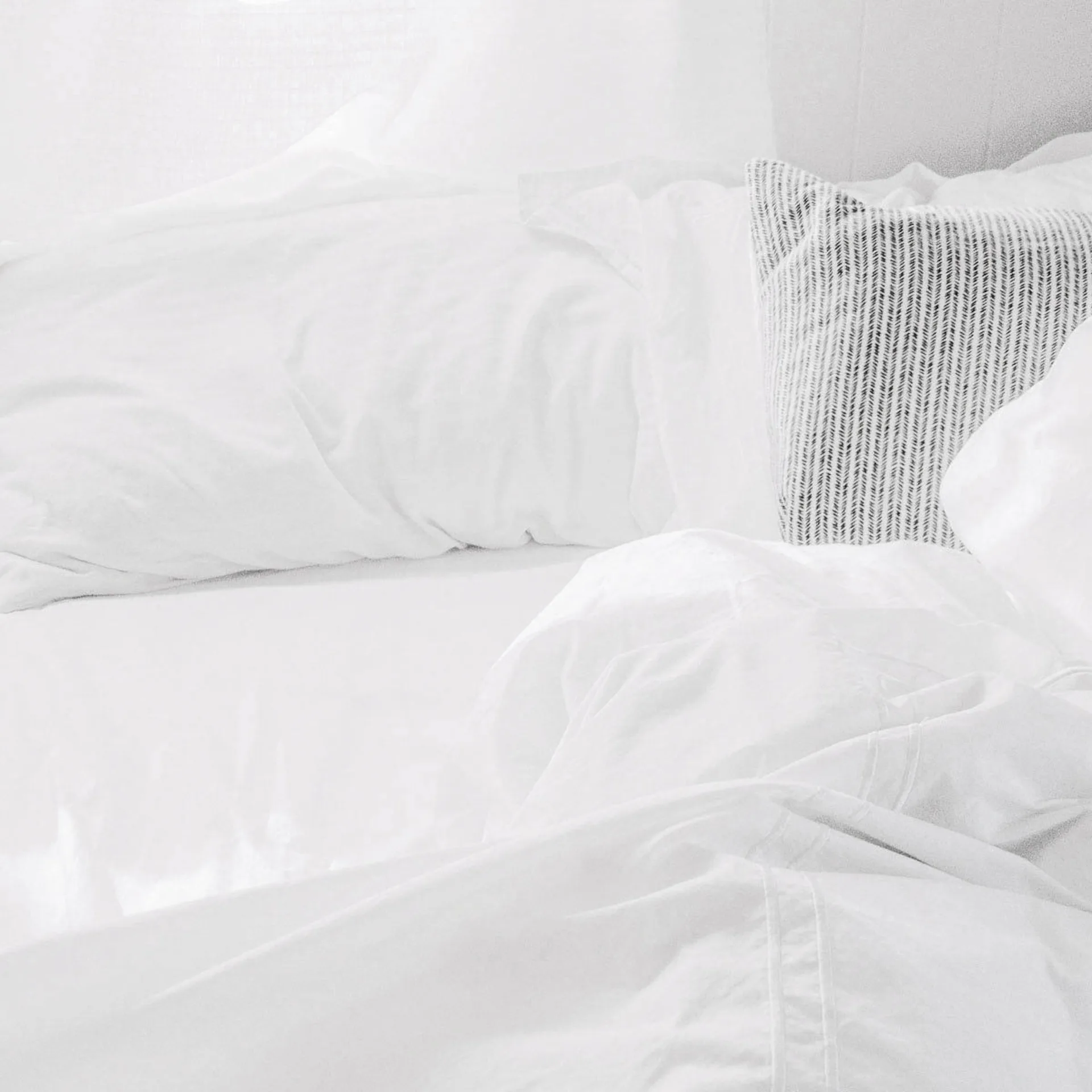How to Harvest and Use Lavender Plants

Lavender is an aromatic, healing, and incredibly easy-to-grow herb that lends itself to many uses. Often used as a decorative shrub in landscaping designs, the vivid purple flowers of lavender plants are also delicious and contain impressive healing powers. We know it’s worth the yearlong wait to see those grayish green lavender stems come to life and reveal their gorgeous, purple flowers, as this signals harvest time. Use our short guide and learn how to harvest and use lavender in many beneficial ways.
Harvesting
The sign for harvest-ready lavender is the appearance of bright purple flowers along the top of the plant stem. Lavender plants should be harvested in the cool of the morning, once the dew has dried off. If you are located in a more humid area, aim to harvest your lavender on drier days. Lavender cools itself by releasing its essential oils, meaning that the more heat it is exposed to during harvest, the less fragrance it will emit.
Using sharp clippers, hold on to a fist-sized bunch of lavender and clip close enough to the base of the plant that you’ll get fairly long stems, but a minimal amount of leafy brush. Lay the harvested flower stems in a large flower basket, or a cloth that you can easily pick up off the ground. Make sure to lay all the flower heads in the same direction!
Drying
Before you dry your lavender, grade it according to stem length. It is easiest to grade into three different stem lengths from shortest to longest. Once the flowers have been graded according to length, bunch them in groups of 10-15 stems, tie them with rubber bands and carefully insert small hooks through the rubber band. The bunches can then be hung in a place out of the sun and should be dry within 2 weeks. Otherwise the stems can spread out on a screen or rack to dry.
Arrangements
Lavender is easiest to arrange or weave into a wreath when it is fresh and flexible. Arrangements can be done straight after harvest whilst in the garden (if you are in the shade and it is not too hot). Otherwise, the cut flowers can be placed in a bucket of cool water filled about ¼ of the way. Keep your cut flowers and arrangements out of the sun. Dried flowers can also be used in arrangements; stand the cut flowers in a dry vase to let them dry, as this will preserve the blossom better than turning the upside down. Use Grosso lavender for dried arrangements or wand making, as the flowers tend to stay on the stems better.
Potpourri & Sachets
Provence lavender is the best lavender for removing the buds off the stem to use in sachets. You can also use lavender that has been harvested slightly later in the season for sachets, as the flowers tend to become more fragile and the flowers fall out easily in late summer.
Oils & Tinctures
Use your dried or fresh lavender to make tinctures and infusions. Lavender has skin soothing and relaxing properties and has historically been used to cure headaches and insomnia. Lavender tinctures and oil infusions work well in homemade salves, lotions, lip balms and essential oils.
Culinary Uses
Lavender smells wonderful, but has a very potent flavor. It does lend itself well in savory dishes that include other members of the mint family such as sage, oregano, mint, thyme and rosemary. It is also a unique addition to delicious desserts and even some refreshing drinks like lavender lemonade.
Image: 55Laney69

